Hailstorms can be a homeowner’s nightmare, inflicting significant damage on roofs and leaving behind a trail of destruction. From dented shingles to cracked tiles, hail damage can compromise the integrity of your roof and lead to leaks, water damage, and costly repairs if left unaddressed.
However, with quick action and proper repairs, you can restore your roof and protect your home from further damage. In this comprehensive guide, we’ll explore four essential steps to repairing hail damage and restoring your roof to its pre-damage condition.
Conduct a Thorough Inspection
The first step in repairing hail damage to your roof is to conduct a thorough inspection to assess the extent of the damage. Start by visually inspecting your roof from the ground, looking for signs of dented or dislodged shingles, cracked tiles, and other visible damage.
Next, climb onto your roof (if it is safe to do so) and inspect the surface up close, paying attention to areas where hail impact was most severe, such as valleys, ridges, and vents. Take photographs or videos of the damage to document the extent of the hail damage for insurance purposes.
Replace Damaged Shingles or Tiles
Damaged shingles or tiles are a common consequence of hailstorms, as the impact of hailstones can cause dents, cracks, and tears in roofing materials. Replace any shingles or tiles that are visibly damaged or compromised to prevent water intrusion and further damage to your roof.
When replacing shingles, be sure to use matching materials that blend seamlessly with the existing roof to maintain a uniform appearance. If you’re unsure how to replace damaged shingles or tiles, consult with a roofing professional who can provide expert guidance and assistance.
Repair Flashing and Seals
Hailstorms can also damage flashing and seals around roof penetrations such as chimneys, vents, skylights, and HVAC units, compromising their ability to keep water out. Inspect flashing and seals for signs of damage, such as dents, cracks, or gaps, and repair or replace them as needed.
Use roofing cement or sealant to ensure hail storm damage roof repair by filling cracks and gaps in flashing and seals, ensuring a watertight seal that protects your home from leaks and water damage. Properly sealed flashing and seals are essential for maintaining the integrity of your roof and preventing future issues.
Address Structural Damage
In severe cases, hailstorms can cause structural damage to your roof, such as bowing, sagging, or weakened support structures. If you notice any signs of structural damage during your inspection, it’s essential to address them promptly to prevent further damage and ensure the safety and stability of your roof.
Structural repairs may involve reinforcing weakened areas, replacing damaged support beams or decking, and realigning or reinforcing trusses or rafters. Consult with a structural engineer or water damage restoration services provider to assess the extent of structural damage and recommend appropriate repair solutions.
By following these things, you will be able to protect your home from water damage in the long run.

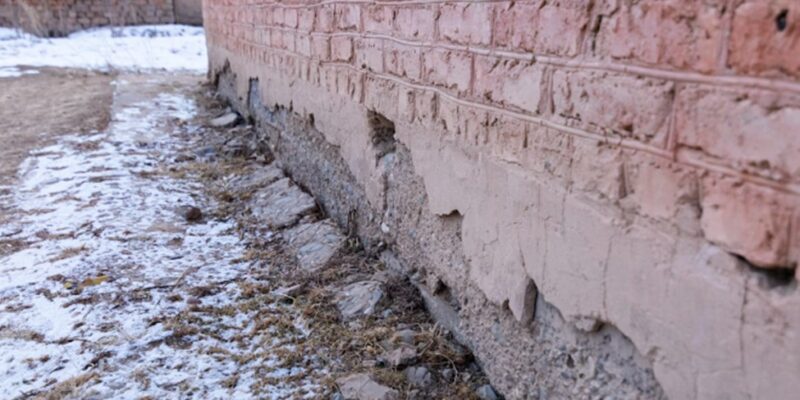
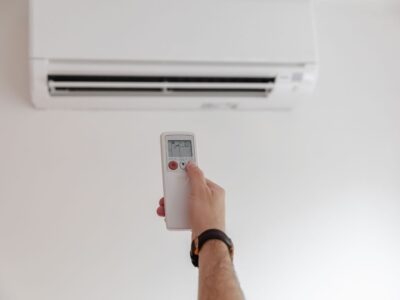
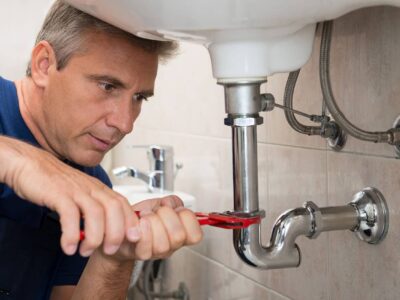
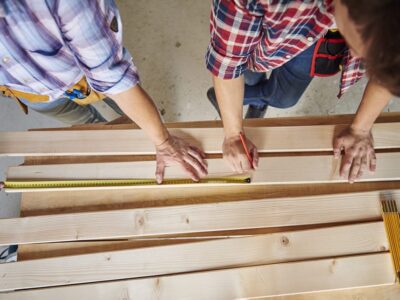



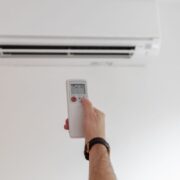

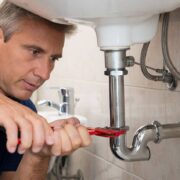


Comments